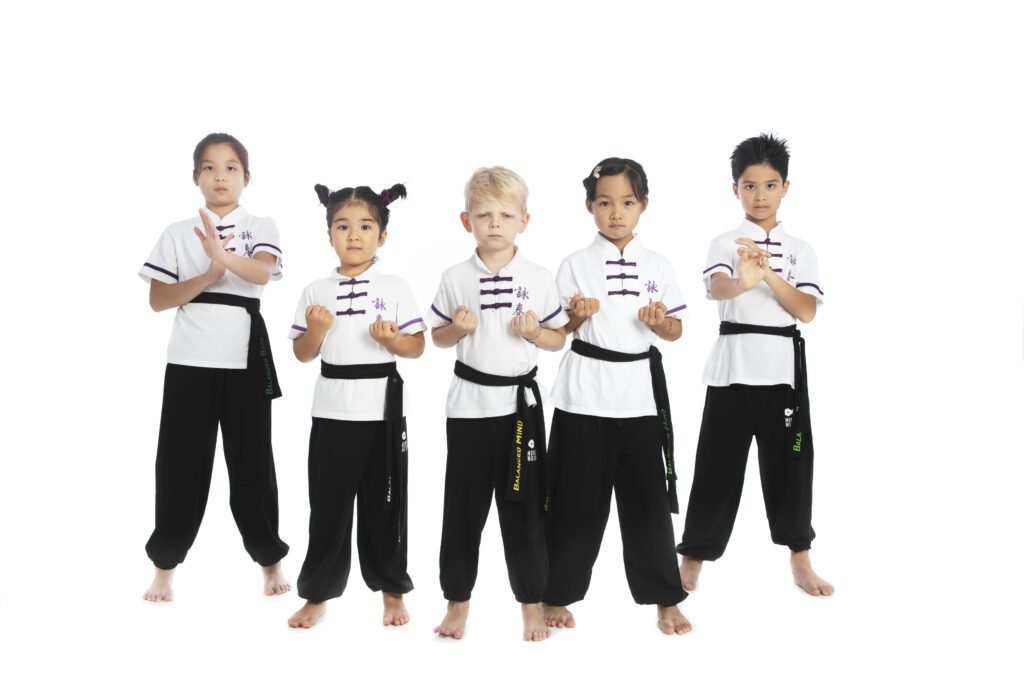Self-defense is important for children of all ages for a number of reasons:
- Safety: The most obvious reason is for safety. Children, like adults, can find themselves in potentially dangerous situations. Knowing basic self-defense techniques can help them protect themselves if they’re ever threatened.
- Confidence: Learning self-defense can also give children a sense of confidence and empowerment. They’ll feel more secure knowing they have the ability to defend themselves if necessary.
- Discipline: Many self-defense classes, like martial arts, teach more than just physical techniques. They often instill a sense of discipline, respect, and responsibility.
- Physical Fitness: Self-defense classes can also be a great way to keep children physically active. They can improve balance, coordination, strength, and flexibility.
- Bullying Prevention: Self-defense training can also help children avoid becoming victims of bullying. They’ll have the confidence to stand up for themselves and the knowledge to avoid or deescalate potentially threatening situations.
- Awareness: Self-defense training often includes lessons on situational awareness and the importance of being aware of one’s surroundings. This can help children avoid potentially dangerous situations in the first place.
- Mental Strength: Self-defense classes can build mental strength by teaching children how to remain calm under pressure, how to make quick decisions, and how to handle fear.
Remember, the goal of self-defense is primarily to avoid dangerous situations and to escape safely if such situations arise. It’s not about promoting violence or teaching children to fight. It’s about giving them the tools they need to protect themselves if necessary. That’s why it’s always important to teach children that violence should be the last resort and that it’s best to seek help from a trusted adult whenever possible.

To Summarize About Self-Defense
Wing Chun movements create multi-vector forces that have the backing of a springy triangle. They have the absorption and redirection abilities of circles, they move along straight paths to the target, and they always “go around” the contact point. This is why, even without achieving a high level in Wing Chun, a practitioner can effectively defend himself or herself with correct mechanics applied through the principles.
A good example of this is our very own Head Sifu Nima King. For a few years he worked as a bouncer in Sydney before moving to Hong Kong in the early 2000s. During this period, Nima was merely practising and applying the external mechanics and principles of Wing Chun described above, which proved very effective for altercations and self-defense situations he came across as a bouncer.
Having said that, self-defense becomes effortless for those who delve deeper into the art and go beyond the mere mechanics and structure of the Wing Chun movement to explore the realm of the mind through correct and persistent practice of Wing Chun’s first Form, Siu Nim Tao. Our teacher, Grandmaster Chu Shong Tin, who was named “The King of Siu Nim Tao” by his teacher Ip Man, was at the very pinnacle of this “Nim Tao State” and had so much control that he never needed to strike more than once in the many challenge fights he had.
